Self-Drilling Anchor Bolts for Preventing Tunnel Collapses in Soft Ground
Time:2025-09-23From:sinorock View:
In tunnel construction, ensuring stability in soft ground conditions is a critical challenge. Soft ground, characterized by loose soil, clay, or weak rock formations, poses a high risk of tunnel collapses, endangering workers and delaying projects. Self-Drilling Anchor (SDA) bolts have emerged as a reliable solution for preventing tunnel collapses in soft ground, offering a robust, efficient, and cost-effective method for tunnel stabilization.
1. Geological Conditions Suitable for SDA Bolts
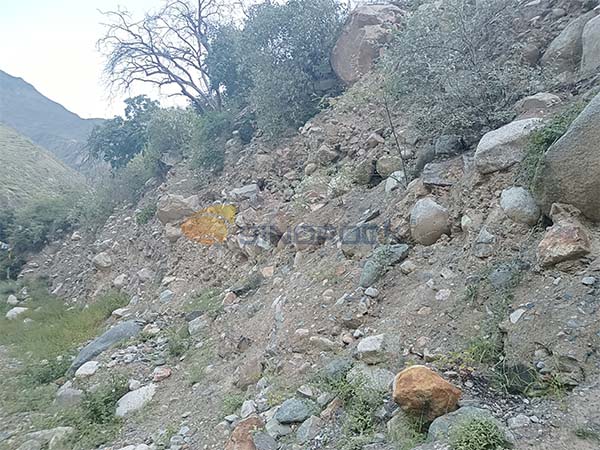
SDA Bolts are versatile anchoring tools that perform exceptionally well in various geological conditions, particularly in unstable or low-strength formations. The main applicable geological types include:
Soft Ground: Such as loose sand, silty clay, or saturated clay, commonly found in urban subway or coastal tunnel projects.
Fractured Rock: Including weathered rock, fault zones, or jointed rock formations, typical in mountain tunnels.
Mixed Strata: Areas with interbedded soil and rock, such as gravel mixed with clay.
Expansive Strata: Such as expansive clay, where the immediate anchoring capability of SDA bolts resists ground deformation.
The adaptability of SDA bolts stems from their integrated design, combining drilling, grouting, and anchoring, making them ideal for complex geological conditions where traditional bolts often fail.
2. Applications of SDA Bolts in Tunnels with Weak Surrounding Rock
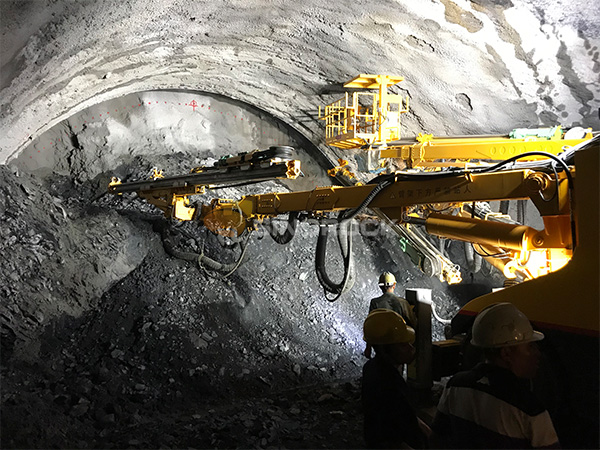
Weak surrounding rock, such as loose soil, soft clay, or weakly weathered rock, often leads to face instability, collapses, or surface settlement in tunnel engineering. The primary applications of SDA bolts in tunnels with weak surrounding rock include:
Tunnel Face Stabilization: During excavation, SDA bolts reinforce the surrounding rock ahead of the tunnel face to prevent localized collapses.
Radial Support: Rock bolts are installed along the tunnel perimeter to provide radial resistance, enhancing overall structural stability.
Slope Protection: At tunnel portals or exits, SDA bolts prevent landslides or collapses in weak slopes.
Pre-Support: SDA Bolts are installed before excavation to form a pre-reinforcement system, reducing surrounding rock deformation.
Lining Reinforcement: Combined with shotcrete, SDA bolts enhance the load-bearing capacity of tunnel linings.
In urban subway, weak surrounding rock caused frequent face instability. Using 6-meter-long T-thread SDA bolts with cement grouting, successfully stabilized the tunnel face, reducing surface settlement by 30%.
3. Working Principle of Self-Drilling Anchor Bolts in Soft Ground
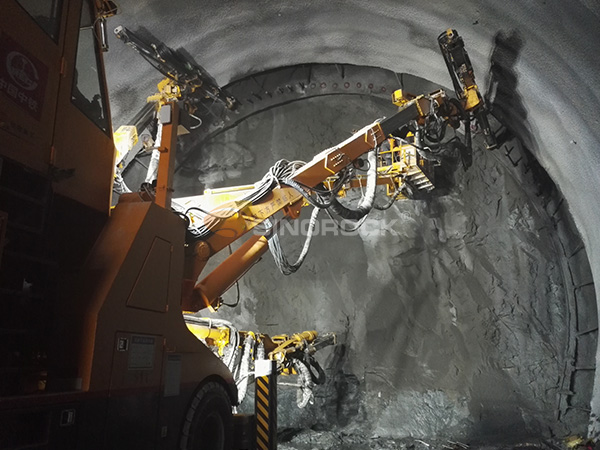
The working principle of SDA bolts in soft ground is based on their unique structure and construction process:
Self-Drilling Function: Equipped with a sacrificial drill bit, the hollow anchor bar serves as both a drill rod and anchor, drilling directly into soft ground without pre-drilling.
Immediate Grouting: During drilling, cement grout is injected through the hollow bar, filling voids and fractures to enhance soil cohesion.
Anchoring Mechanism: After grouting, the grout solidifies with the surrounding soil, forming a high-strength anchor body. The rock bolt’s threads tightly bond with the solidified grout, providing strong pull-out resistance.
Load Transfer: The rock bolts transfer the tunnel structure’s loads to deeper, stable strata, distributing stress and preventing localized collapses.
This process ensures immediate stability and long-term load-bearing capacity in soft ground, particularly in high-risk loose or water-bearing strata.
4. Construction Methods for SDA Bolts
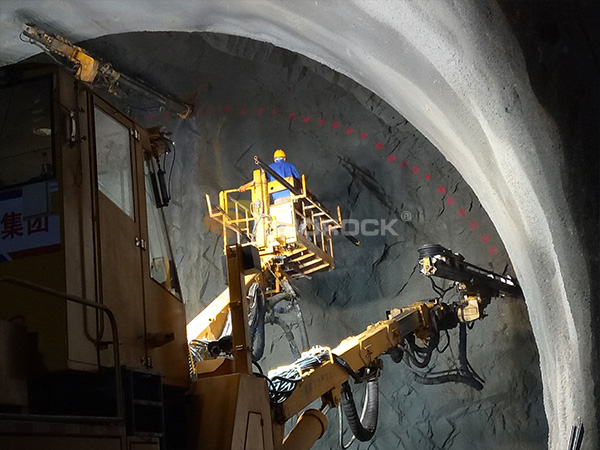
The construction method for SDA bolts is efficient and straightforward, ideal for rapid reinforcement in soft ground. The standard steps are:
Geological Survey: Conduct drilling and testing to determine ground properties, groundwater levels, and required rock bolt specifications (length, diameter, thread type).
Equipment Preparation: Select appropriate drilling rigs (e.g., hydraulic rigs) and rock bolt materials (galvanized or GFRP), and prepare cement grout.
Drilling and Grouting: Connect the SDA bolt to the drill rig, drill while rotating, and simultaneously inject grout through the hollow bar to ensure uniform filling.
Rock bolt Installation: After reaching the design depth, secure the rock bolt, and if necessary, install plates and nuts to enhance connections.
Quality Inspection: Perform pull-out tests or ultrasonic inspections to verify the rock bolt’s anchoring strength and grouting effectiveness.
During construction, control drilling speed and grouting pressure to avoid disturbing the soft ground.
5. Advantages Over Traditional Support Methods
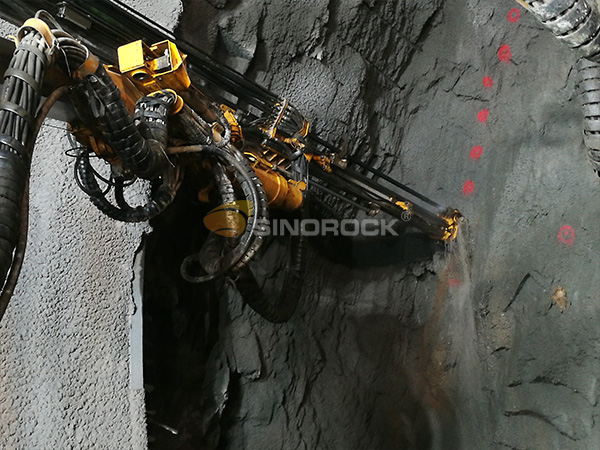
Compared to traditional support methods (e.g., steel rebar bolts, steel supports, or timber piles), SDA bolts offer significant advantages in soft ground tunnels:
High Construction Efficiency: Integrating drilling, grouting, and anchoring into one step saves over 50% of construction time.
Strong Adaptability: No pre-drilling required, suitable for loose, fractured, or water-bearing ground where traditional bolts often fail.
Superior Grouting Effect: Immediate grouting fills ground voids, enhancing soil strength, outperforming traditional post-grouting processes.
Cost-Effectiveness: Reduced equipment and labor needs lower overall costs by 20%-30%.
High Durability: Galvanized or GFRP options resist corrosion, ideal for wet or chemically aggressive environments.
Enhanced Safety: Rapid installation minimizes ground exposure time, reducing collapse risks.
Traditional bolts require pre-drilling, which often fails due to hole collapse in soft ground, while SDA bolts eliminate this issue.
6. Conclusion
Self-Drilling Anchor bolts with their efficiency, adaptability, and cost-effectiveness, are an ideal solution for preventing tunnel collapses in soft ground and weak surrounding rock. They are suitable for various complex geological conditions, providing immediate and long-term structural stability through integrated drilling, grouting, and anchoring. In soft ground, SDA bolts enhance soil cohesion and transfer loads effectively, ensuring tunnel safety. By adopting scientific construction methods and quality control, and leveraging their advantages over traditional support methods, SDA bolts are widely used in urban subways, mining tunnels, and hydropower projects. For further details on selecting or implementing SDA bolts, consult geotechnical experts SINOROCK.
latest news
-
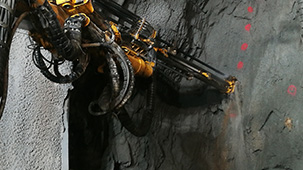
- Self-Drilling Anchor Bolts for Preventing Tunnel Collapses in Soft Ground
- Time:2025-09-23From:This Site
- Self-drilling anchor Bolts prevent tunnel collapses in soft ground. Learn SDA bolts applications, working principles, construction methods, and advantages over traditional support for enhanced safety and cost-efficiency.
- View details
-

- The Working Principle and Advantages of Self-Drilling Rock Bolts
- Time:2025-09-18From:This Site
- Discover the working principle of self-drilling rock bolts, explore their advantages and applications. Learn SDA bolts how streamline drilling, grouting, and anchoring for efficient ground stabilization in tunneling, mining, and slope projects.
- View details
-
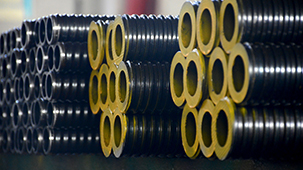
- Self-Drilling Rock Bolts for Unstable Ground Support
- Time:2025-09-11From:This Site
- Learn self-drilling rock bolt applications, cases, and tips for selecting trusted manufacturers. Discover how they provide reliable support for unstable ground in tunneling, mining, and slope stabilization.
- View details
-
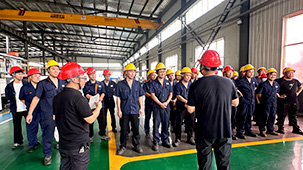
- Sinorock 2025 Quality Month | Strengthening Quality Foundations, Empowering Product Excellence
- Time:2025-08-13From:This Site
- Sinorock’s 2025 Quality Month, themed “Strengthening Quality Foundations, Empowering Product Excellence,” successfully concluded, reinforcing our commitment to superior product quality.
- View details
-
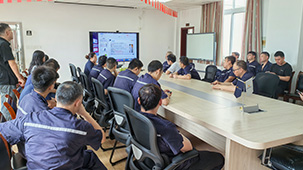
- Sinorock Safety Month 2025 | Everyone Speaks Safety, Everyone Can Respond
- Time:2025-07-03From:This Site
- Sinorock Safety Month 2025, centered on the theme "Everyone Speaks Safety, Everyone Can Respond - Spot Workplace Hazards," has wrapped up successfully!
- View details
-
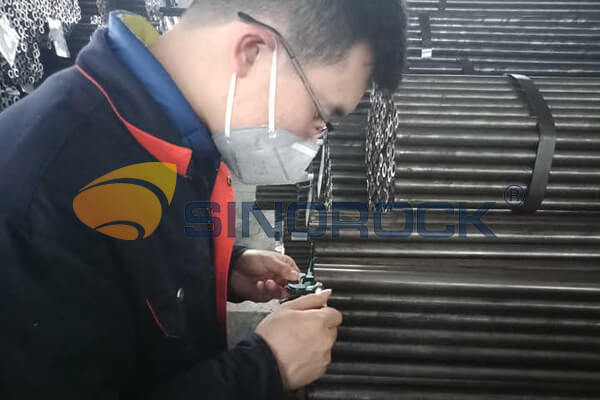
- Quality Control: the Vital Factor of A SDA Bolt Factory
- Time:2025-01-09From:This Site
- Sinorock’s comprehensive quality control system, from supplier management to outgoing inspections, ensuring the highest standards for self-drilling anchor bolts in construction.
- View details
-

- SINOROCK to Showcase Innovative Mining Solutions at Mining and Metals Central Asia 2025
- Time:2025-09-09From:This Site
- We are pleased to share that SINOROCK will participate in the Mining and Metals Central Asia 2025, taking place from September 17 to 19 at the Atakent International Exhibition Centre in Almaty, Kazakhstan. You can find us at Booth 11-231.
- View details
-
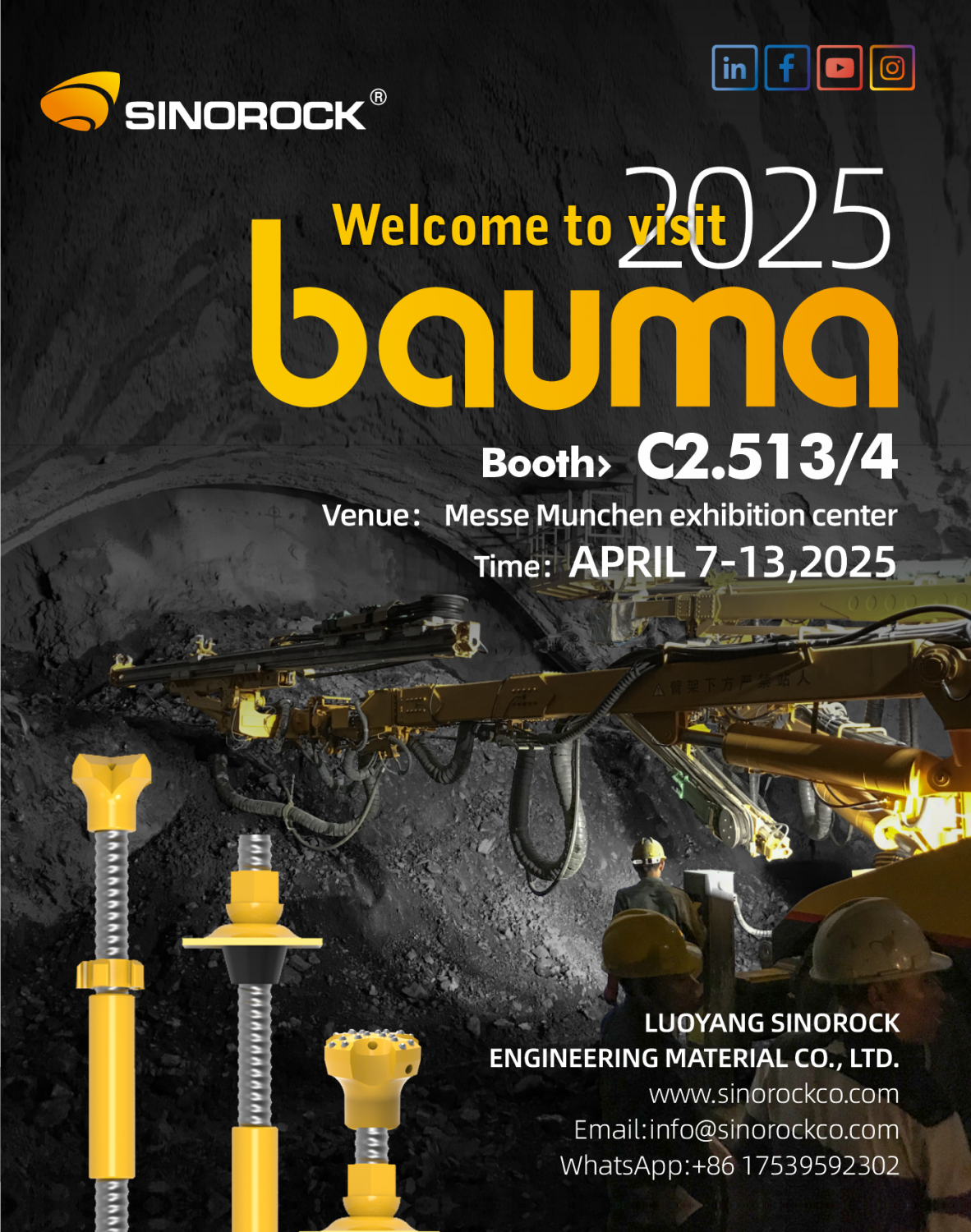
- Sinorock Invites You to Explore Proven Self-Drilling Anchor Bolt Solutions at bauma 2025
- Time:2025-03-07From:This Site
- From April 7–13, 2025, explore Sinorock’s Self-drilling anchor bolt solution at Booth C2.513/4 in Hall C2 of the Messe München Exhibition Center (Munich, Germany).
- View details
-
.jpg)
- SINOROCK to Attend EXPOMINA PERÚ 2024 in Lima, Peru
- Time:2024-08-10From:This Site
- Sinorock to Attend EXPOMINA PERÚ 2024 in Lima, Peru
- View details
 Download
Download 


